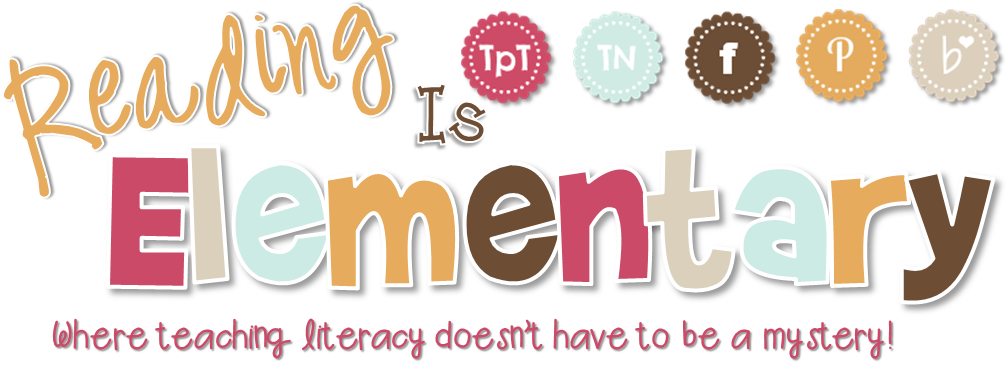It is Monday (for another 2 hours and 20 minutes), and you know what that means. Time for your run-down on chapter 4 of our professional book. I love the fact that I am doing this. Not sure how many of you are doing the same (if any at all, but that's okay. I'll do all the reading and hand you over only the good stuff)! Now that school is starting, it will be harder for me to stick to the schedule, but I really do love what I am learning so I plan to . . . . . . .
Or, if that doesn't work, there is always . . . . . . . .
So, here we go!
Chapter 4
Reading Literature
Chapter 4 started off by talking about the importance of the anchor standards. The authors said if you look at the anchor standards, then you always have in mind the over-arching goals that the writers intended. Not to say that the grade level specifics are not important, but it is always good to see where you are headed. In that same fashion, the authors suggested that it is not a good idea to just look at your grade level standards in isolation. The standards are a progression. It is best to be informed of where students came from and where they are headed.
The next sections of the book broke up the Reading Literature standards up into their subcategories of: Key Ideas and Details, Craft and Structure, and Integration of Knowledge and Ideas. Let's look at each one individually.
Key Ideas and Details: Students who can do the work of these standards are able to carry meaning and understanding across an entire story. Students will infer about character, ask questions about why something is happening and then understand that those answers can be found in the text. Student should also be able to understand theme or what could be learned from the text.
Craft and Structure: Students who can do the work of these standards are able to think about the craft of the writing and how the author said what they said. The authors talked a lot about symbolism here and even used an example from Charlotte's Web to further get the reader thinking about these standards. Think about words that the author chooses. Do some seem more important than others. Why did the author choose those particular words? They used the example of Mr. Arable having washed his hands after he handed the runt pig over to Fern. Was this intended by E.B. White to show that he is washing his hands of the little runt pig? This is the kind of close reading that is needed.
Integration of Knowledge and Ideas: Students who can do the work of these standards are able to carry meaning several texts. This could be fiction with non-fiction, fiction with fiction, or even fiction with a movie. (Think Hunger Games and the comparisons that are made between the book and the movie). This is where students who read that Poppleton book go back for another Poppleton book to read. They are making comparisons with the one that they have already read, maybe even looking for similar themes in the stories.
The last section of the chapter laid out the pathways that schools need to take in order to help students succeed in this kind of reading. Nothing here will shock you, but I'll list them nonetheless. These are taken right from the book.
1.) Students should be doing lots and lots of in school reading.
2.) Readers should have opportunities to choose from a wide range of high-interest texts.
3.) Readers need explicit instruction in the skills of effective reading.
4.) Students should have ownership over this intellectual work.
5.) Teachers need support and professional development to help their students rise to this high-level reading work.
Next Week, Chapters 5 about non-fiction texts!
Happy Monday or early Tuesday!




No comments:
Post a Comment